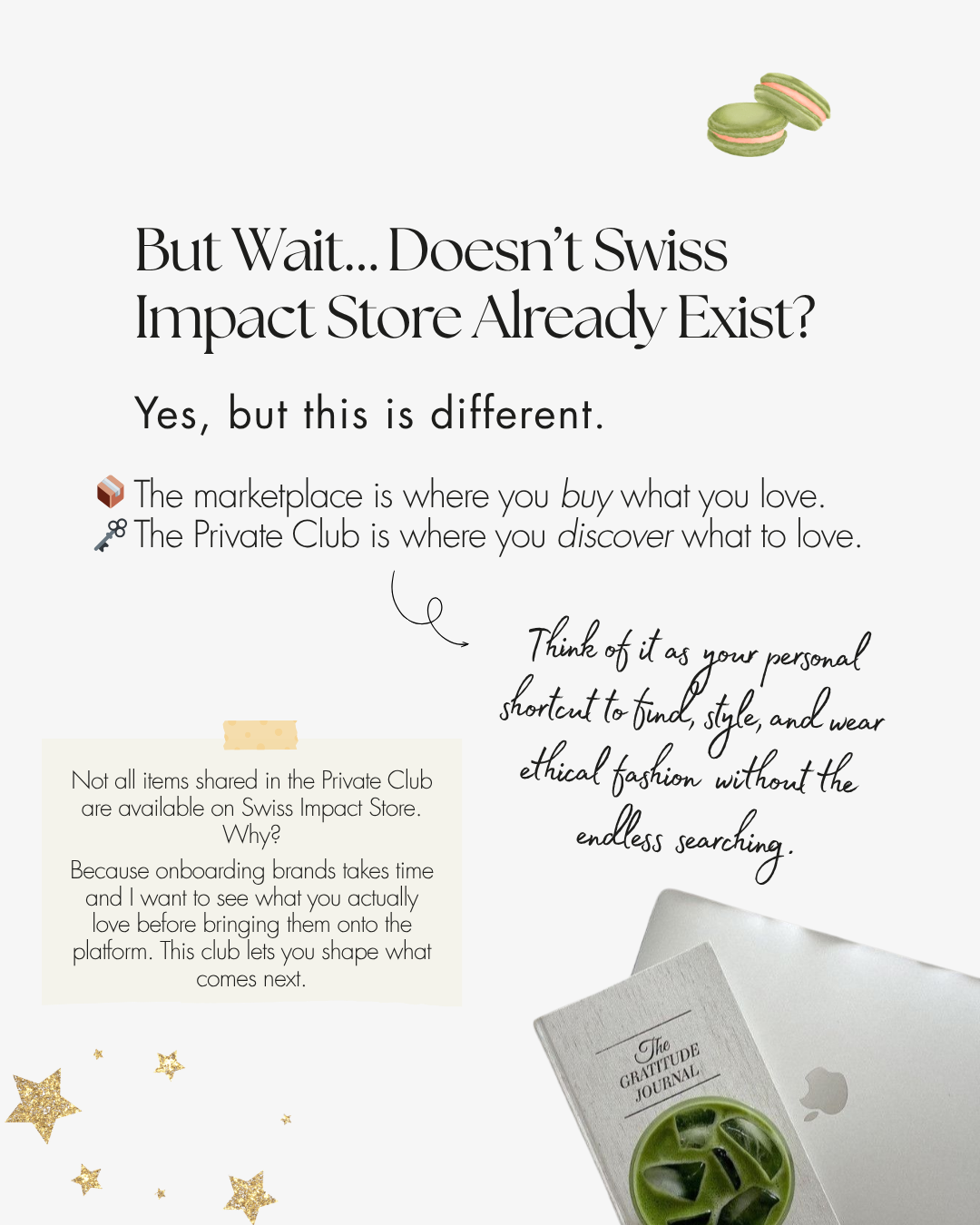The 80/20 Wardrobe Rule: How to Build a Closet that Works
Here’s a smarter way to get dressed every day with the 80/20 wardrobe rule.
Table of Contents
1. Why Your Closet Feels Full but Fails You
2. The 80/20 Wardrobe Rule That Actually Works
3. Material Matters More than You Think
4. Save This For Your Next Closet Clean-Out
5. FAQs
You’ve probably had that moment where your closet is full, but you still feel like you have nothing to wear. You try on three outfits, toss everything on the bed, and leave the house feeling “meh.”
Here’s why that happens and how to fix it for good.

Why Your Closet Feels Full but Fails You
It’s not that you don’t have enough clothes. It’s that you don’t have the right mix.
Most people shop on impulse: a cute top here, a statement dress there, a trend they saw on someone else.
But then, when it’s time to get dressed, nothing really goes together and half the items don’t feel like you.
The 80/20 Wardrobe Rule That Actually Works
If you want your wardrobe to work with you instead of against you, you only need two things:
80% High-Quality Staples
These are the pieces you’ll wear over and over again without thinking twice. Think:
- Jeans that fit like they were made for you
- Simple tees in neutral colors
- Well-cut trousers
- Lightweight knits and sweaters you can throw on with anything
- A tailored blazer or clean button-down for layering
These are the “anchor” pieces. The ones you can rely on.
20% Personal Style Boosters
Then comes the fun part. Fill in the rest of your closet with pieces that show your personality:
- A bold printed skirt
- A vintage-inspired jacket
- A top with a unique cut
- That necklace you always get compliments on
This 20% is what makes your wardrobe yours. It adds color, texture, and personality to your basics without overwhelming your closet.
Subscribe to our newsletter
Join the SIS community and get 10% off your next purchase.
Material Matters More than You Think
Even the best wardrobe strategy falls flat if your clothes feel uncomfortable or fall apart after three washes.
Here’s what to look for:
- Natural and organic fabrics like cotton, linen, and wool
- Ethical production standards so you know who made your clothes and how
- Durable construction that holds up with wear and time
Avoid synthetics like polyester, acrylic, and low-grade blends. These are common even in expensive designer items. They pill, trap heat, and don’t feel great on your skin. And let’s face it: they don’t make you want to wear them again.
Stop Overthinking What to Wear
With this mix, getting dressed becomes automatic. You know everything fits. You know it feels good. And you know you can swap items in and out without starting over from scratch.
Imagine opening your closet and actually liking every single item in there. That’s the goal.
Save This For Your Next Closet Clean-Out
If you’re planning a wardrobe refresh, start by sorting your items into the 80/20 buckets. What’s a staple? What’s a fun extra? What’s neither?
Want help rebuilding your closet with better pieces that actually last?
Join my private club here to get curated ethical picks, styling tips, and wardrobe formulas that work with your lifestyle.






FAQs
What are wardrobe staples I should always have?
Neutral tees, tailored trousers, straight-leg jeans, a lightweight blazer, knitwear you love, and versatile shoes.
How many “fun” pieces should I own?
That depends on your style—but 20% of your closet should be pieces that add texture, color, or something unexpected.
How do I know if something is high quality?
Check the fabric first (natural > synthetic), look at the stitching, feel the weight, and read the care label. If it feels cheap, it probably is.
What’s wrong with fast fashion if it fits the 80/20 mix?
Even if the silhouette fits, low-quality materials and poor manufacturing mean it won’t last. You’ll end up replacing staples more often, which defeats the point of having a reliable wardrobe.